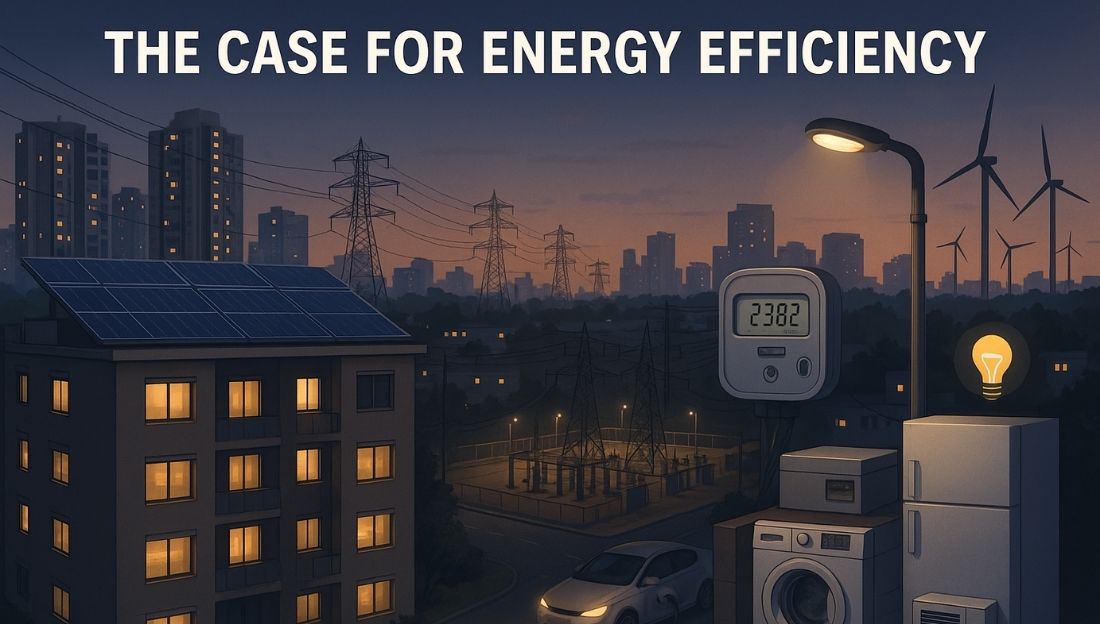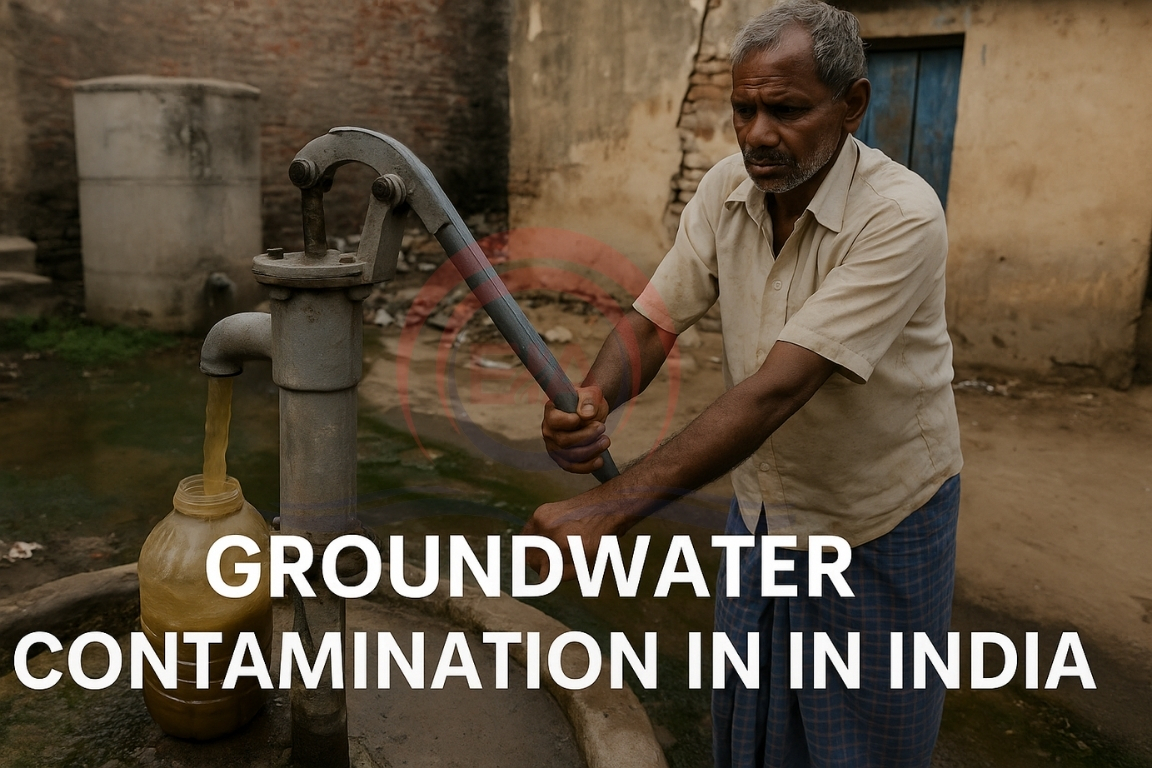India’s renewable energy capacity has expanded significantly, yet the carbon intensity of grid electricity has increased in recent years. A recent analysis highlights that energy efficiency must become central to India’s clean-energy strategy to ensure real decarbonisation.
Background
- India has rapidly increased its renewable energy installations; as of June 2025, non-fossil fuel capacity crossed ~50% of total power capacity.
- However, India’s Grid Emission Factor (GEF) — CO₂ emitted per unit of electricity — rose from 0.703 tCO₂/MWh (2020-21) to 0.727 tCO₂/MWh (2023-24).
- This contradicts expectations that more renewable power should lead to a cleaner grid.

Capacity vs. Actual Electricity Generation
- Renewables = high installed capacity, but low utilisation (solar & wind ~15–25%).
- Coal plants operate at much higher utilisation (65–90%).
- In 2023-24, renewables supplied only ~22% of total electricity; coal met most of the rising demand.
Peak Demand Mismatch
- Solar power peaks in the afternoon; demand peaks at night.
- Coal plants fill the gap during evening and night hours — causing more emissions.
Slow Scale-up of Solutions
- Round-the-Clock renewable power is already cheaper than new coal plant electricity.
- But land, transmission, and investment constraints slow deployment.
Why It Matters
- Energy efficiency reduces demand before power needs to be produced.
- Helps flatten evening peaks, cutting coal-based power usage during high-emission hours.
- Avoids locking-in old, inefficient appliances and industrial systems.
Way Forward
- Enable Virtual Power Plants: Allow batteries in homes/offices to support the grid during peak demand.
- Strengthen Appliance Standards: Push markets toward 4-star & 5-star appliances; gradually raise benchmarks.
- Support MSMEs: Incentivise efficient pumps, motors, and industrial processes for SMEs.
- Introduce Time-of-Day Tariffs: Cheaper power during high renewable hours; costly during peak hours.
- Scrappage Scheme: Remove outdated, inefficient equipment through incentive programmes.
- Efficiency-Linked Procurement: DISCOMs to buy “clean cooling services” and energy-saving solutions, not just units of electricity.
Conclusion
India’s energy system needs both more renewable supply and smarter energy use. True decarbonisation requires: A balanced strategy of renewables + efficiency + flexibility is essential for India to meet future climate targets and maintain economic growth.
This topic is available in detail on our main website.





